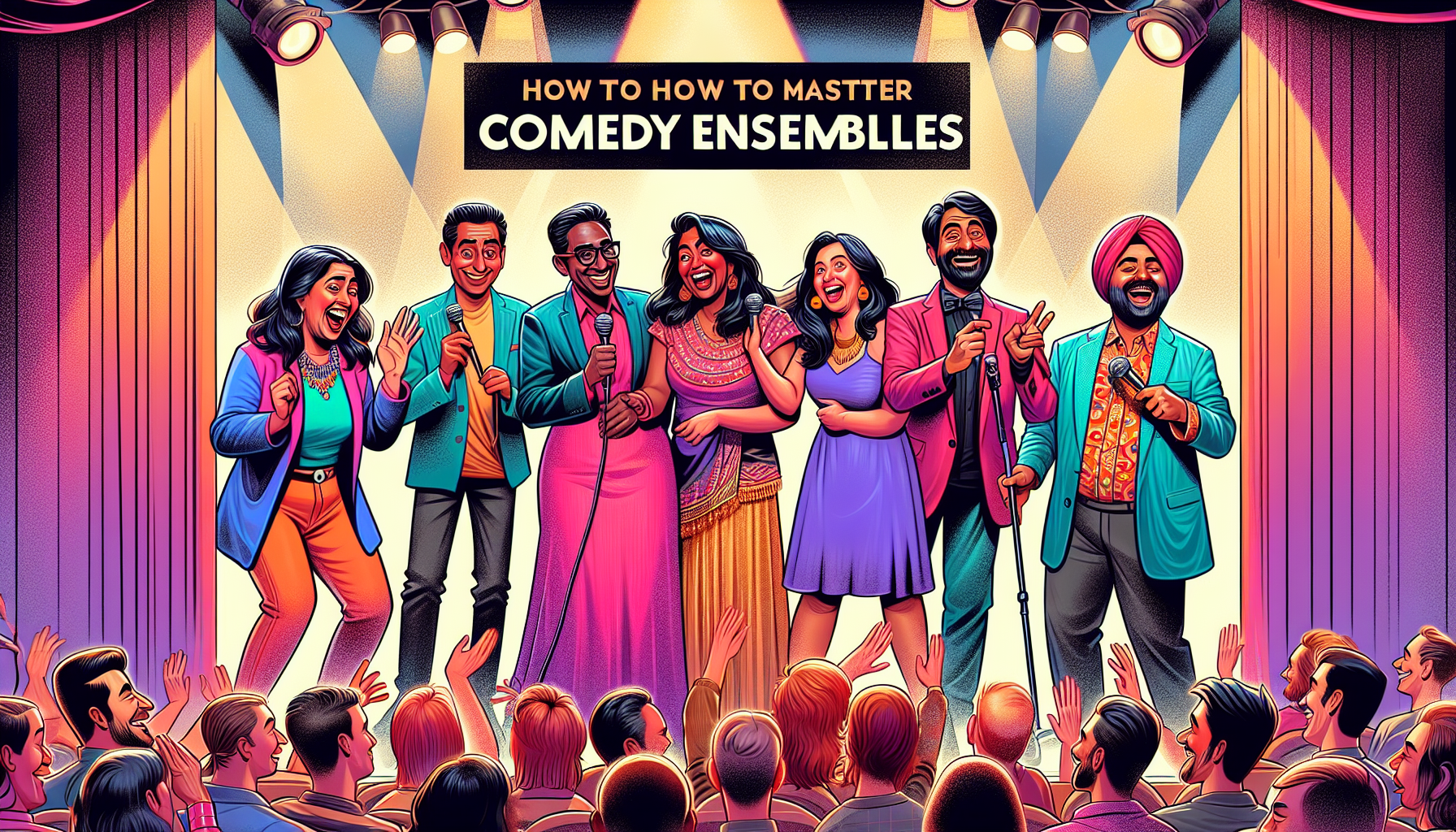
Mastering Comedy Ensembles: How to Create Vibrant Character Dynamics
Creating a comedy ensemble is an art form that involves much more than simply gathering a group of funny individuals. The magic lies in the chemistry among characters, engendering a dynamic that elevates the humour and storytelling to another level. Key to this alchemy is understanding and cultivating vibrant character dynamics within the group. This article explores how writers and creators can craft comedy ensembles that resonate, entertain, and endure.
The Foundation of a Comedy Ensemble
At the core of every successful comedy ensemble is a solid foundation built on diversity and contrast. It’s not merely about having distinct characters, but about assembling a group where each member’s strengths, weaknesses, quirks, and viewpoints contrast sharply with those of others. This variety fosters a natural environment for conflict, surprise, and, most importantly, humour. Shows like Friends and The Office demonstrate how contrasting personalities—ranging from the goofy and naïve to the sardonic and wise—can generate endless comedic possibilities.
Character Archetypes and Their Roles
Understanding and utilizing character archetypes is a fundamental step in establishing your ensemble’s dynamic. Classic archetypes, such as the Fool, the Straight Man, the Sage, and the Loose Cannon, serve as a launchpad for character development, providing a recognizable framework for audiences. However, the real art lies in subverting these archetypes to create fresh, unpredictable characters who can still fulfill traditional narrative roles. This subversion keeps the ensemble exciting and unpredictable, as seen in the unexpected depth of characters in Arrested Development and Brooklyn Nine-Nine.
Strong Relationships and Interactions
The interaction among ensemble members is the engine that propels comedy forward. Dynamic relationships, whether fueled by friendship, rivalry, romance, or enmity, are crucial. It’s important to explore various relationship dynamics within the ensemble, allowing for growth and change over time. Parks and Recreation is an exemplary model of this, showcasing how relationships evolve, adding layers to the comedy as the characters grow closer or drift apart. Balancing these relationships requires careful attention to character development and storytelling, ensuring that each interaction feels genuine and contributes to the comedic framework.
The Importance of Evolution
A static character is the death knell for dynamic ensembles. Characters must evolve, their relationships must deepen, and their world must expand. Evolution doesn’t necessarily mean losing the comedic essence but rather enriching it. Encouraging characters to face new challenges, learn from each other, and occasionally fail, keeps the ensemble relatable and the comedy grounded. The longevity of The Simpsons showcases how characters can evolve while still maintaining the core dynamics that made the ensemble successful in the first place.
Enhancing Comedy Through Conflict and Resolution
Conflict is the lifeblood of comedy. It can arise from personality clashes, miscommunication, or situational challenges, serving as a catalyst for humour. However, resolution is equally important. The manner in which conflicts are resolved can reinforce relationships and character growth, providing meaningful moments amid the comedy. Seinfeld, known for its show about nothing premise, excelled at creating situational comedies that were both absurd and profoundly human, demonstrating the strength of its ensemble’s dynamics even in the face of the most bizarre conflicts.
Conclusion
Mastering the craft of creating vibrant character dynamics within comedy ensembles requires a deep understanding of each character’s role, a commitment to their development, and a keen awareness of how their interactions can produce laughter, empathy, and engagement. By building on the diversity of character archetypes, fostering evolving relationships, and leveraging conflict and resolution, creators can construct ensembles that not only entertain but also endure in the hearts and minds of their audience.






